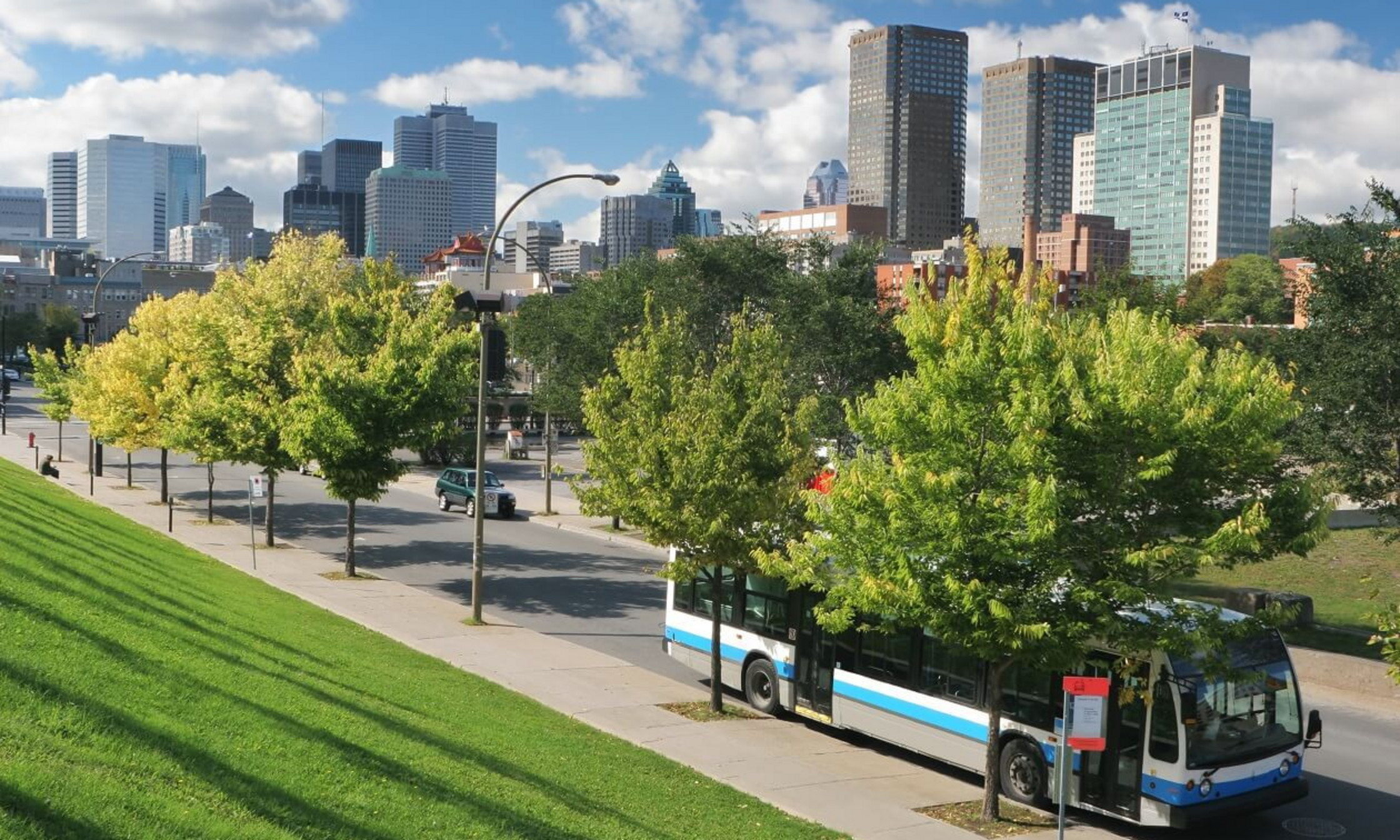Studying active and equitable transportation across Canada


In December 2022, Yan Kestens, a professor in the Department of Social and Preventive Medicine at Université de Montréal's School of Public Health (ESPUM), heard some great news: the CapaCITY/É project, of which he is one of the principal investigators, had been awarded a $3 million grant from the Canadian Institutes of Health Research.
Led by Drs. Meghan Winters of Simon Fraser University, Daniel Fuller of the University of Saskatchewan and Marie-Soleil Cloutier of the Institut de recherche en santé publique (INRS), the project brings together researchers from several Canadian universities as well as one Australian university. The project aims to improve the health and mobility of urbanites through sustainable transport interventions in cities.
Kestens has been working on the impact of environments on health for the past 15 years. And he is very excited about the new grant.
“It comes as great news when you find out you’re being funded, especially since CapaCITY/É is along the same lines as work we’ve done in the past," he said. "In fact, CapaCITY/É brings together several teams. For example, part of the INTERACT team I set up in 2016-2017 has been integrated into CapaCITY/É along with other collaborators.”
With a doctorate in land use planning from Université Laval. Kestens embarked on postdoctorate work in spatial epidemiology at UdeM, and throughout his academic career has been interested in the themes of active mobility, exposure to risks, accessibility to resources, the role of food environments, ageing and mental health.
Wide-ranging interests
“It is true that my fields of interest are wide-ranging: they may seem all over the map," he said. "I did an initial master’s degree in climatology, then I became interested in human geography at Laval University, through my work on the links between the development of coffee crops in Vietnam, deforestation and the impact on hydrological resources. I followed this up with a PhD at Laval University in land-use planning, focusing on the links between the built environment and vegetation in neighbourhoods. My doctoral dissertation led me towards statistical and econometric research, which made me want to better understand the impacts of environments on health."
In 2004, Kestens began a post-doctorate at the CHUM Research Centre on what is known as social or spatial epidemiology – that is, the links between environment and health.
“The common thread in all this work," he explained, "lies in understanding how humans shape their environment, but also in how the shaped environment acts on populations, on human societies: my focus over the past 15 years has focused more directly on the health angle.”
Kestens has been working at UdeM since 2006. He has served as an adjunct professor, assistant professor and associate professor, was awarded the Chair in Applied Public Health at ESPUM from 2014 to 2019, and was appointed full professor in 2019-2020. Meanwhile, between 2006 and 2010, he worked as a researcher at the Direction de santé publique de Montréal. In addition, since 2021, he has worked as a researcher at the Centre de recherche en santé publique (CReSP), while serving as principal investigator of the COHESION Study project with Grégory Moullec, an adjunct professor at ESPUM.
“This is a large cross-Canada study where we undertake surveys every three months," Kestens said. "The data we collect is on mental-health issues, but we are also interested in the living environment and health. These different research themes all converge."
In the CapaCITY/É project, “we’re looking at two types of urban interventions. One is the development of bicycle networks for people of all ages and abilities, so we can better understand and develop strategies to enhance active travel in cities, which in turn will address all sorts of sustainability issues. The other intervention focuses on reducing the speed of car traffic.”
Putting knowledge into practice
Kestens said he places the accent on the “how” of things. “What I bring to research teams is a pathway to knowledge: I start off with interest in a particular subject, then I bring my expertise on research methods, focusing on how we look at things, how we analyse them, how we collect data and then put it all together.”
He teaches this knowledge pathway to master’s and doctoral students at the ESPUM. “I have to admit, my research experience across different disciplines provides a lot of material for teaching,” he said. More concretely, he teaches seminars on research methods in the master’s degree research option for which he is responsible and also teaches a research methods seminar at the doctorate level.
This is not stand-alone research: Kestens is also keenly interested in applications in the field. For example, part of the new $3-million grant will enable researchers to study the implementation of interventions. With his team, Kestens is co-investigator of the project's fourth objective, which will roll out towards the end of the project: “I will supervise the development of an online tool making it possible to provide concrete keys, methods and tools for partners in the field – that is, for cities and municipalities."
In recent years, there has been a lot of talk about the need to promote active transport. Kestens sees himself as an eternal optimist, and believes the growing collective awareness about climate and social crises has made people realize they need to roll up their sleeves: there is tremendous potential for bringing about change.
“We can see this in Quebec in terms of active and public transport," he said. Over the past 40 years, we have witnessed chronic underfunding, so if we want to change things, we will have no choice but to invest properly. That’s where the work we’re undertaking can help mobilize public awareness while leading us to a common vision. Our work can provide concrete tools enabling us to determine what we should do or what we could do to improve things.”



